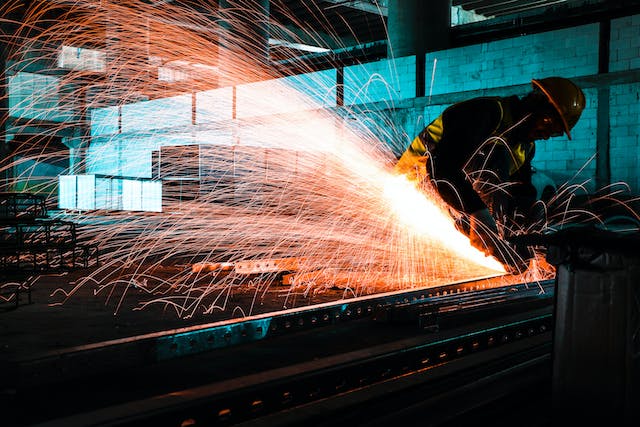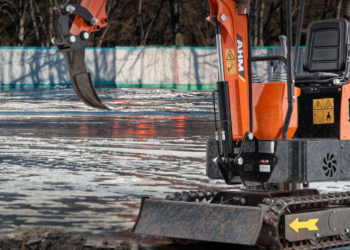Metal fabrication is a versatile and essential process in various industries, allowing us to create functional and aesthetic metal structures and components for a wide range of applications. In this guide, we’ll explore the basics of metal fabrication, the techniques involved, and the significance of this craft in our modern world.
What is Metal Fabrication?
Metal fabrication refers to the process of transforming raw metal materials into finished products or structures through cutting, shaping, and assembling. This process encompasses a wide range of tasks, from cutting and bending to welding and assembling, all performed with the goal of creating a final product that meets specific requirements.
The Basics of Metal Fabrication:
Metal fabrication involves several key steps and techniques, including:
Design and Planning: The process begins with a detailed design and plan, specifying the dimensions, materials, and techniques required for the project.
Cutting: Metal sheets or bars are cut into the desired shape and size. Common cutting methods include shearing, sawing, laser cutting, and plasma cutting.
Bending: To create curved or angled components, metal is bent using tools like press brakes and rollers. Precision is critical to achieve the desired shape.
Welding: Welding is the process of fusing pieces of metal together using heat. Various welding techniques, such as MIG, TIG, and arc welding, are used depending on the type of metal and the project requirements.
Assembly: Fabricated metal components are assembled into the final product. This may involve welding, bolting, or riveting, depending on the design.
Finishing: After assembly, the finished product may undergo additional processes such as painting, powder coating, or polishing to enhance its appearance and durability.
Types of Metal Used in Fabrication:
A wide range of metals can be used in metal fabrication, each with its unique properties and applications:
Steel: Steel is a commonly used metal in fabrication due to its strength and versatility. It’s used in various industries, from construction to automotive manufacturing.
Aluminum: Aluminum is lightweight and corrosion-resistant, making it suitable for applications like aircraft construction and architectural elements.
Stainless Steel: Stainless steel is known for its resistance to corrosion and staining, making it ideal for kitchen appliances, medical instruments, and marine applications.
Copper: Copper’s excellent electrical conductivity makes it suitable for electrical and plumbing components.
Brass: Brass, a copper-zinc alloy, is used for decorative elements, musical instruments, and plumbing fixtures.
Titanium: Titanium is known for its high strength-to-weight ratio and is used in aerospace and medical applications.
The Significance of Metal Fabrication:
Metal fabrication is integral to various industries and our daily lives:
Manufacturing and Construction: Metal fabrication plays a crucial role in manufacturing equipment, machinery, and building structures. It provides the framework for everything from bridges and skyscrapers to vehicles and industrial machinery.
Aerospace: In the aerospace industry, precision metal fabrication is vital for creating aircraft components, ensuring safety and performance.
Automotive: Metal fabrication is essential for producing vehicle frames, engine components, and various parts used in automobiles.
Infrastructure: Metal fabrication supports infrastructure development, contributing to the construction of bridges, tunnels, and other essential public structures.
Consumer Goods: Many everyday items, from appliances and electronics to furniture and decorative elements, incorporate metal fabrication.
Custom Fabrication: Metal fabrication also extends to custom projects, such as architectural elements, art installations, and specialty equipment, often involving materials like iron casting for robust and durable components.
Safety and Quality Assurance:
Safety is a paramount consideration in metal fabrication. Fabricators must follow strict safety protocols to protect themselves and others in the workplace. Quality assurance is also crucial, ensuring that fabricated products meet safety standards and perform as intended.
Conclusion:
Metal fabrication is a multifaceted and indispensable process that shapes the world around us. From the construction of skyscrapers to the creation of precision aerospace components, metal fabrication is the art and science of turning raw metal materials into functional and aesthetically pleasing products. Its importance in our modern world is undeniable, and it continues to drive innovation and progress in numerous industries.







